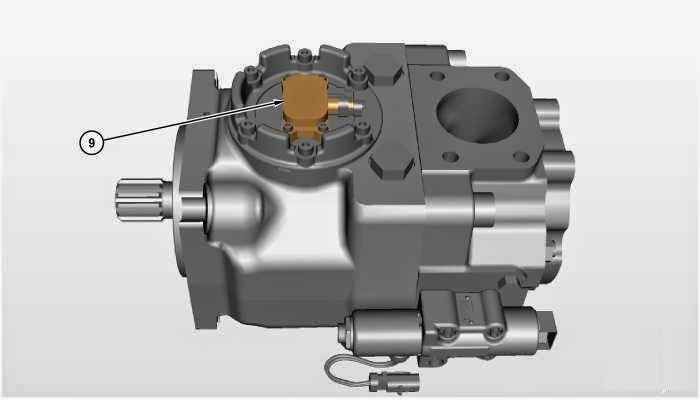In the intricate landscape of commercial food processing, the paramount concern is the safety and well-being of consumers. To achieve this, strict compliance with regulations and standards is not just a necessity but a moral imperative. This guide aims to shed light on the labyrinth of compliance and regulations in the industry, offering valuable insights into the crucial aspects that ensure the safety of food products from production to consumption.
Replace worn-out Berkel bread slicer blades with genuine Berkel replacements, ensuring uniform slicing and optimal performance in bakeries and cafes.
**1. Understanding Regulatory Bodies: Gatekeepers of Food Safety
The foundation of compliance in commercial food processing lies in understanding and adhering to the regulations set forth by regulatory bodies. Agencies such as the Food and Drug Administration (FDA), the United States Department of Agriculture (USDA), and local health departments play pivotal roles in establishing and enforcing standards. Familiarizing oneself with the specific regulations applicable to the type of food being processed is the first step in ensuring compliance.
**2. HACCP: A Systematic Approach to Safety
The Hazard Analysis and Critical Control Points (HACCP) system stands as a cornerstone in ensuring food safety. It is a systematic approach that identifies, evaluates, and controls potential hazards at every stage of the food processing journey. Implementing a HACCP plan is not only a regulatory requirement but also a proactive measure to prevent contamination, ensuring the production of safe and high-quality food products.
**3. Facility Design and Hygiene: The Frontline of Safety
The layout and design of a food processing facility play a crucial role in maintaining hygiene and safety. Compliance with regulations includes considerations such as separate zones for raw and processed materials, adequate ventilation, and proper waste disposal. Adhering to these guidelines not only ensures a clean and safe working environment but also prevents cross-contamination, a key factor in meeting regulatory standards.
**4. Employee Training: Empowering the Frontline Workforce
The personnel involved in food processing are the frontline guardians of safety. Employee training is not only a regulatory requirement but a vital investment in ensuring that staff are well-versed in hygiene practices, equipment operation, and emergency procedures. Well-trained employees are equipped to identify and address potential hazards, contributing significantly to the overall safety of the food processing operation.
**5. Documentation and Record-Keeping: A Paper Trail of Compliance
Accurate and thorough documentation is a non-negotiable aspect of compliance in commercial food processing. Keeping records of processes, ingredient sources, and quality control measures not only facilitates regulatory inspections but also serves as a comprehensive tool for continuous improvement. Detailed documentation is a testament to a commitment to transparency and accountability in the pursuit of food safety.
**6. Regular Audits and Inspections: The Checkpoints of Compliance
Regular audits and inspections by both internal and external entities serve as critical checkpoints to ensure ongoing compliance. Internal audits allow businesses to identify and rectify potential issues proactively, while external inspections by regulatory bodies help validate adherence to industry standards. These evaluations are essential components of a robust compliance strategy, providing opportunities for continuous improvement and refinement of safety protocols.
**7. Keeping Abreast of Changes: Staying Ahead of Regulatory Updates
The landscape of regulations in the food processing industry is dynamic, with updates and changes occurring regularly. Staying informed about alterations in regulations, emerging safety concerns, and industry best practices is imperative. This proactive approach ensures that businesses can adapt swiftly to changes, maintaining a high standard of compliance and, consequently, safeguarding the safety of consumers.
Conclusion: A Commitment to Consumer Well-being
In the realm of commercial food processing, compliance with regulations is not merely a legal requirement; it is a commitment to the well-being of consumers. By understanding and adhering to regulatory standards, implementing systematic safety measures, and fostering a culture of continuous improvement, businesses can navigate the complex landscape of compliance with confidence. Safety, after all, is not just a checkbox—it’s a guiding principle that shapes every aspect of the food processing journey from farm to table.







